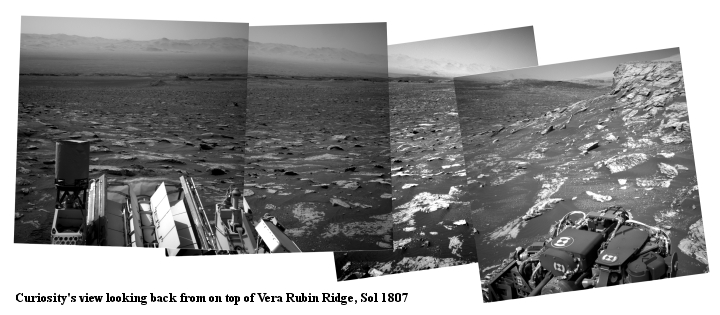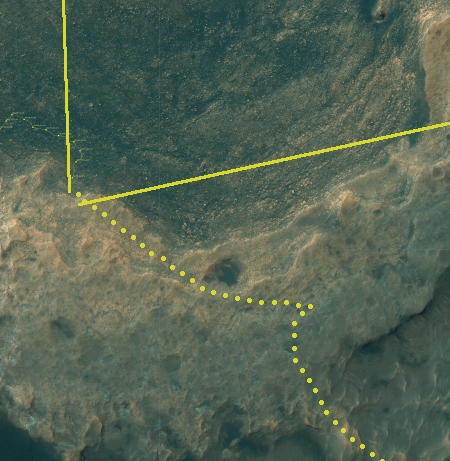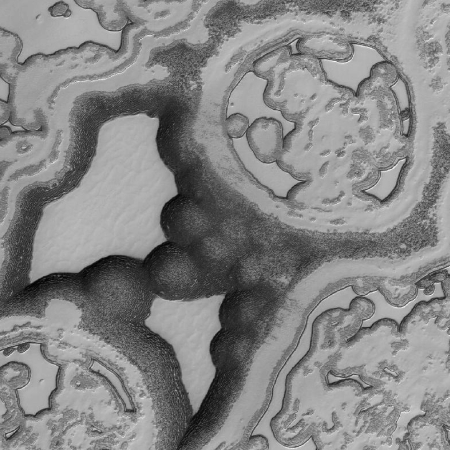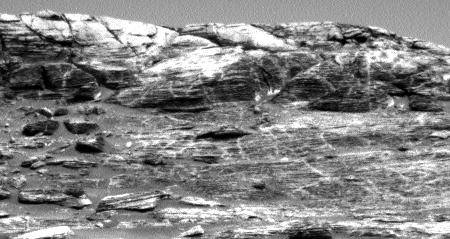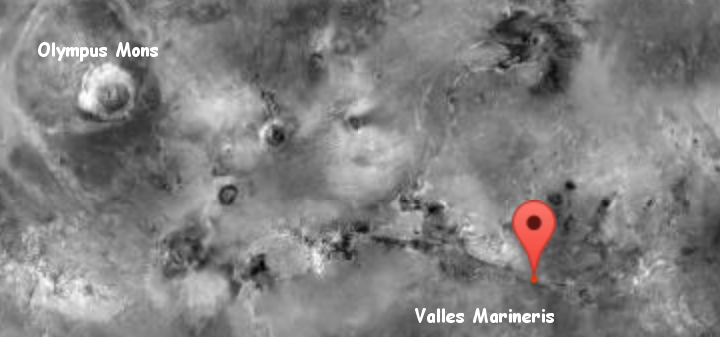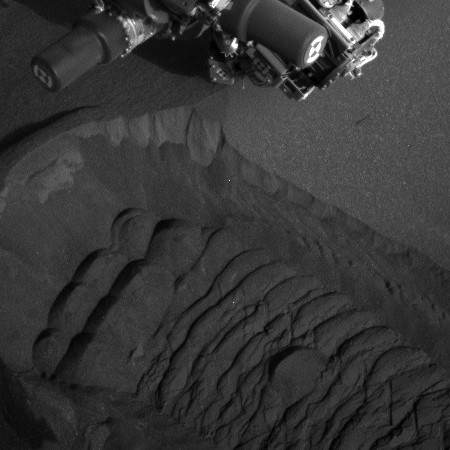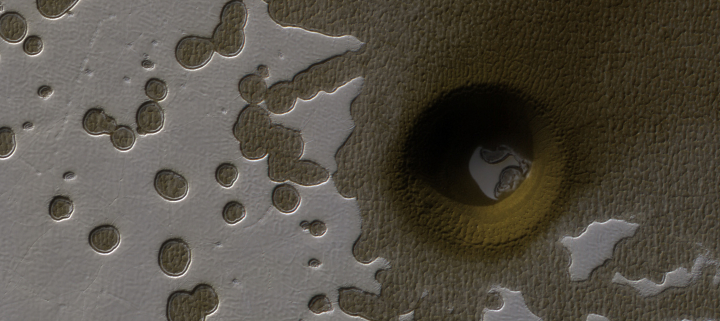Europe’s Trace Gas Orbiter detects clouds over Martian volcano
Europe’s Trace Gas Orbiter (TGO) has detected clouds over the western slopes of the giant Martian volcano Arsia Mons.
This is not a new discovery, merely a confirmation of many past observations, all of which suggest that water-ice glaciers once flowed down those western slopes, and that some of that ice remains trapped in underground caves and lava tubes there. Undeniably this region appears at present to be the most valuable real estate on Mars. It has caves where the first colonies can be more easily built. Those caves likely have water in them. And the location is near the equator, which is easier to reach and also makes the environment somewhat less hostile.
TGO is presently slowly aerobraking itself down to its planned science orbit, which it is expected to reach in 2018.
Europe’s Trace Gas Orbiter (TGO) has detected clouds over the western slopes of the giant Martian volcano Arsia Mons.
This is not a new discovery, merely a confirmation of many past observations, all of which suggest that water-ice glaciers once flowed down those western slopes, and that some of that ice remains trapped in underground caves and lava tubes there. Undeniably this region appears at present to be the most valuable real estate on Mars. It has caves where the first colonies can be more easily built. Those caves likely have water in them. And the location is near the equator, which is easier to reach and also makes the environment somewhat less hostile.
TGO is presently slowly aerobraking itself down to its planned science orbit, which it is expected to reach in 2018.



